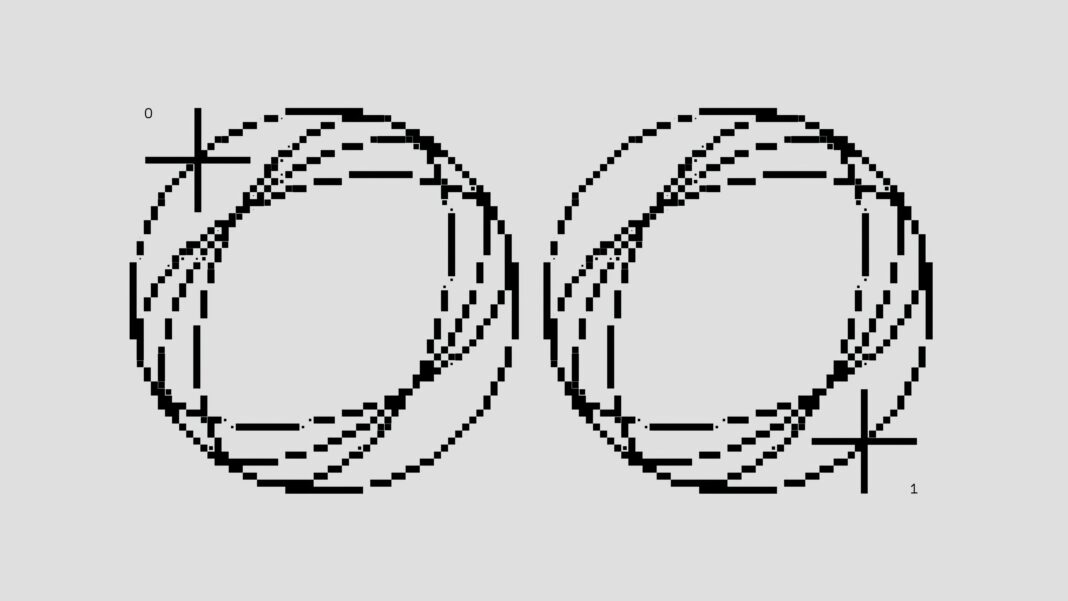
Cleo Abram is a video journalist who makes explainers about technology once explained in a compelling analogy: if the first computers were like old model cars from the early 2000s, then supercomputers are like today’s supercars. However, quantum computing isn’t like a supercar that surpasses the speed of old model cars; instead, it’s more like a boat designed for an entirely different terrain. While the boat may not be faster than a car, it excels in a completely different environment.
Quantum Computing, a term when heard gives an impression of faster computers with ultimate speed and power. A realm where the impossible becomes possible! Imagine solving problems in seconds that would take classical computers a millennium. This groundbreaking technology harnesses the power of quantum bits, or qubits, to revolutionize everything from cryptography to drug discovery, unlocking a new era of innovation and discovery.
To understand quantum computing, it’s essential to differentiate it from classical computing, which encompasses our everyday devices like laptops and smartphones. Quantum computers operate based on the principles of quantum mechanics, allowing them to perform calculations in fundamentally different ways.
Now, that we are clear that quantum computing has nothing to do with the conventional computers that we use today, let’s begin “Lesson 101”.
Quantum Computers vs. Conventional Computers
It starts with “bits”. Today’s classical computers operate via maintaining a state of data electronically in binary form i.e. either in ‘1’ or ‘0’. These are called bits. A bit is the smallest unit of data that a computer processes and stores. These bits are electronically stored in silicon-made CPUs and/or memories (hard disks, SSDs, etc.) of the computers that we use today.
Bits, when stored or loaded in the hardware, can be either in an ‘excited state’ (i.e. 1) or ‘ground state’ (i.e. 0). Everything in classical computers gets translated into computer speech, which combines ones and zeros known as ‘binary language’.

These strings of bits together form data e.g. “a” in a binary language is “01100001” and the number “ten” in binary language is “1010”. Later these bits are processed through logic gates (i.e. OR, AND, XOR, etc.) to compute whatever is required.
In quantum computing, a bit is known as “Qubit”. A qubit is the basic unit of quantum information, often represented by an atomic particle such as an electron or a photon. Each atomic particle, including electrons and photons, has angular momentum, which can be thought of as a way to represent information.

In quantum mechanics, the direction of this angular momentum can denote binary states, with an upward momentum representing ‘1’ and a downward momentum representing ‘0’. A qubit with angular momentum in a direction between ‘1’ and ‘0’ is said to be in a “state of superposition”, meaning it can represent both states simultaneously. Yes, you heard that right! A state where a qubit maintains the state of ‘1’ and ‘0’ and both at the same time.
This is the major difference between a classical bit and a qubit- a qubit can be ‘1’ and ‘0’ and both at the same time.
You might wonder what happens if the angular momentum is close to ‘0’ or ‘1’. This question led to the development of quantum logic gates, which manage the probabilities of a qubit being in the state of ‘1’ or ‘0’ after it exits the state of superposition.
State of Superposition
Maintaining superposition is possible but requires sophisticated techniques. For instance, qubits are kept in a vacuum and at extremely low temperatures, around 15 millikelvins, colder than outer space to preserve their quantum state.
Why is maintaining superposition so crucial? The answer lies in the power of quantum computation. If a computer can maintain multiple states simultaneously, it can explore various solutions to a problem at once, potentially finding the optimal outcome more efficiently. Thus, while each qubit can be in multiple states, a combination of qubits interacting in superposition can solve problems in parallel and arrive at the most likely answer.
Entanglement: A key feature of Quantum Computing
Einstein called entanglement a “Spooky action at a distance”. A key concept to understanding the power of quantum computing is known as entanglement. Entanglement occurs when a group of atomic particles become interconnected in such a way that the state of one particle instantaneously affects the state of the others, regardless of the distance between them.
When particles are entangled, they share specific properties. It means that the state of one particle provides immediate information about the state of the other entangled particles. For example, if an entangled group of particles is in a superposition, a state where particles can exist in multiple states. Simultaneously, measuring the state of the first particle allows you to infer the states of the remaining particles in the chain. This interconnectedness enables quantum computers to process complex calculations far more efficiently than classical computers.

Understanding superposition and entanglement in a non-technical language
After establishing a technical understanding of common quantum concepts, let’s use an example that a non-technical person can grasp to explain superposition and entanglement.
Imagine there’s a pair of shoes, with each shoe placed in an identical box. These boxes are then randomly distributed between Person A and Person B. Both individuals are now in a situation where they know they have either the right or the left shoe, but they won’t know which one until they open the box. This uncertainty, where each person could have either shoe, represents superposition. It’s like how an atomic particle in quantum physics is understood to be in a state of ‘1’ or ‘0’ until it leaves the state of superposition.
Now, imagine Person A opens their box and discovers they have the right shoe. Instantly, without even opening their box, Person A knows that Person B must have the left shoe. This instant knowledge of the other shoe’s state, based on the first reveal, demonstrates the concept of entanglement. In quantum entanglement, the state of one atomic particle is directly related to the state of another connected particle. So, when the state of one particle is determined, the state of the other is immediately known, no matter how far apart they are.
Is Quantum Technology meant to help mankind?
Technology has long been seen as a positive force, often regarded as the savior of mankind and in many ways, it is. However, the recent surge in disruptive technologies has sparked difficult questions about their potential downsides. For instance, while artificial intelligence (AI) offers incredible opportunities, its ability to automate tasks could lead to widespread job loss. Moreover, AI could be weaponized for malicious purposes. Autonomous drones and AI-driven cyber-attacks pose significant risks, including warfare and digital sabotage.
Similarly, quantum computing, with its immense power to crack complex codes, could undermine global cybersecurity, exposing sensitive data and financial systems to unprecedented threats. As these technologies evolve, their future impact remains uncertain, raising concerns about what may lie ahead.
References:
- https://www.researchgate.net/publication/261040884_Quantum_cryptography_based_on_Grover’s_algorithm
- https://crypto.stackexchange.com/questions/108331/does-grovers-algorithm-really-threaten-symmetric-security-proofs
- https://www.researchgate.net/publication/377245624_Implementation_and_Analysis_of_Shor’s_Algorithm_to_Break_RSA_Cryptosystem_Security
- https://www.researchgate.net/publication/270570686_Quantum_Computing
Also Read: Theory of Relativity and Quantum Mechanics

Ali Qureshi is a cybersecurity professional committed to advancing strategic initiatives at the national and organizational levels. With a master’s degree in information security and holding some of the world’s most recognized certifications, Ali blends technical expertise with a passion for ongoing learning. Beyond his professional commitments, he enjoys target shooting with pistols and shotguns, playing skeet shooting, exploring music, and watching animes, reflecting his vibrant and well-rounded personality.
